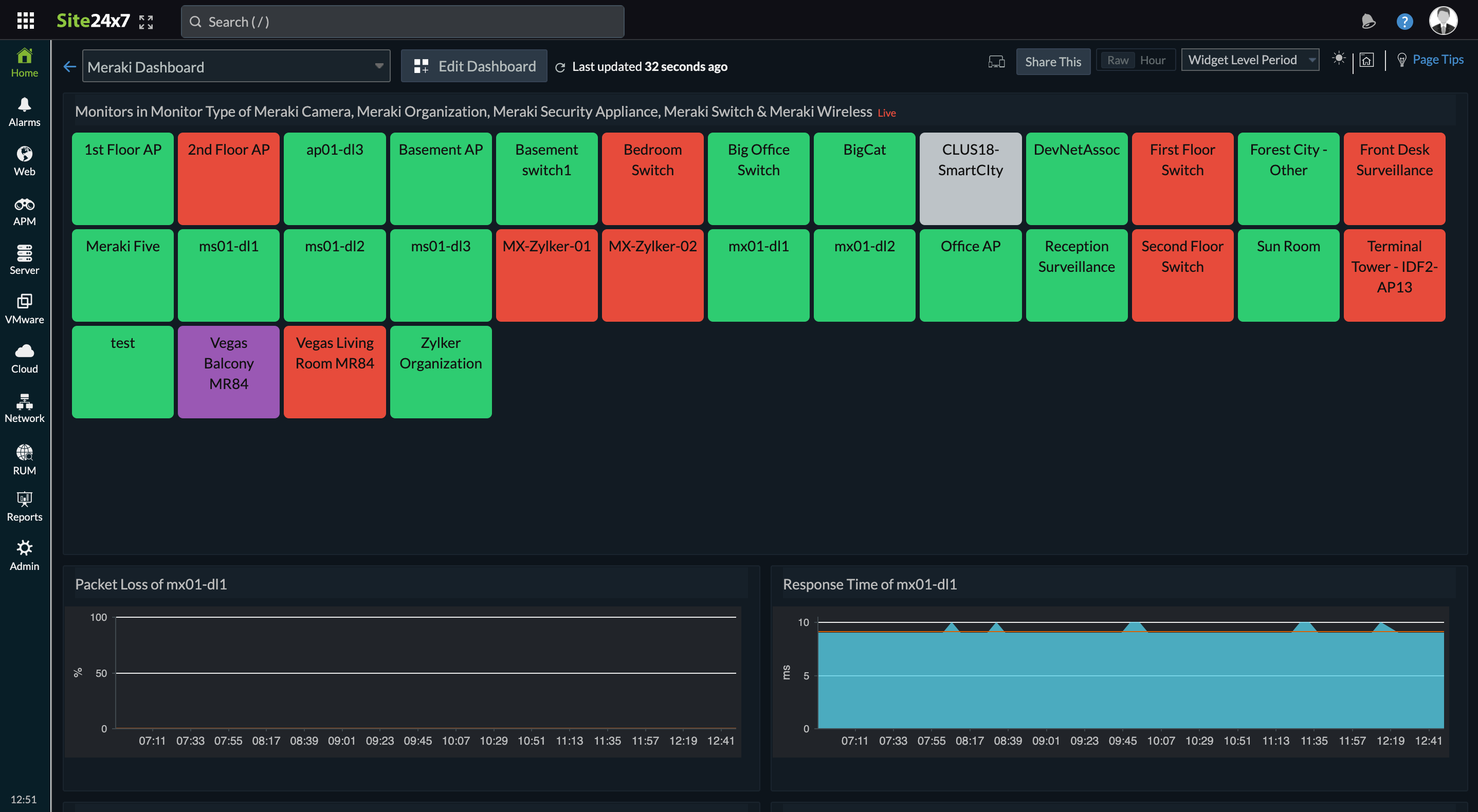What is SD-WAN?
SD-WAN applies SDN principles to WAN connectivity, allowing enterprises to steer traffic across Multiprotocol Label Switching (MPLS), broadband, and LTE links based on policies. Instead of just checking if links are up, SD-WAN chooses paths dynamically based on real-time performance. Popular SD-WAN implementations include Cisco Meraki and VMware VeloCloud.





